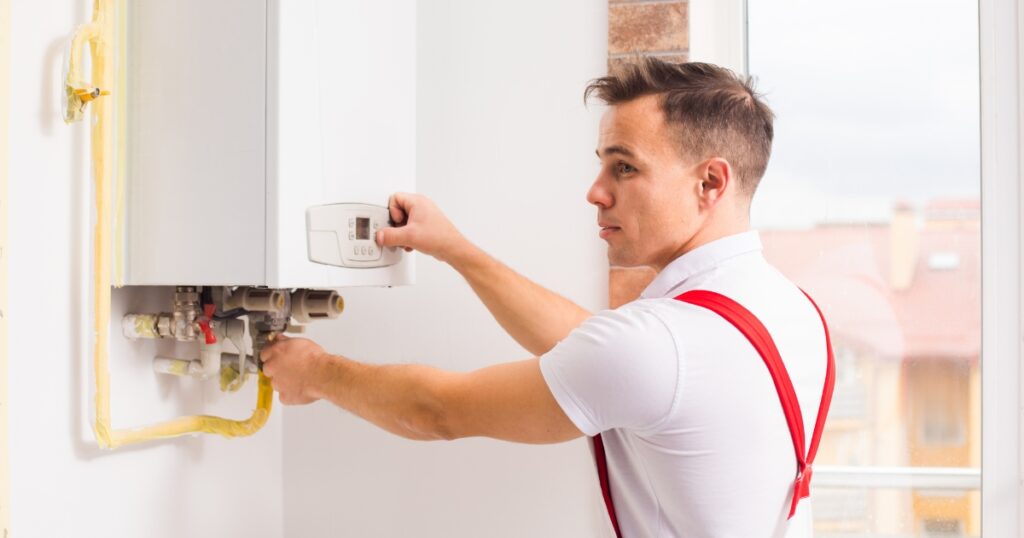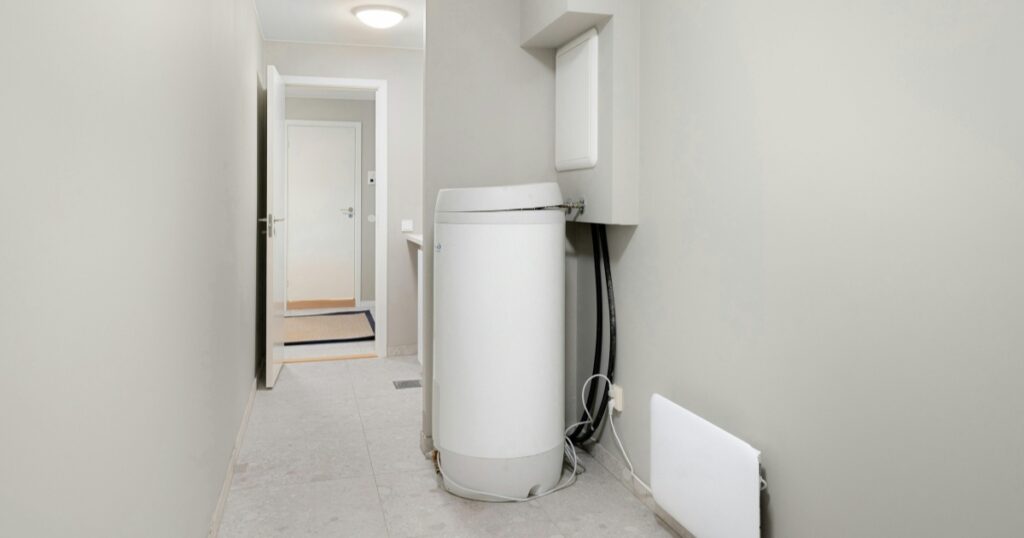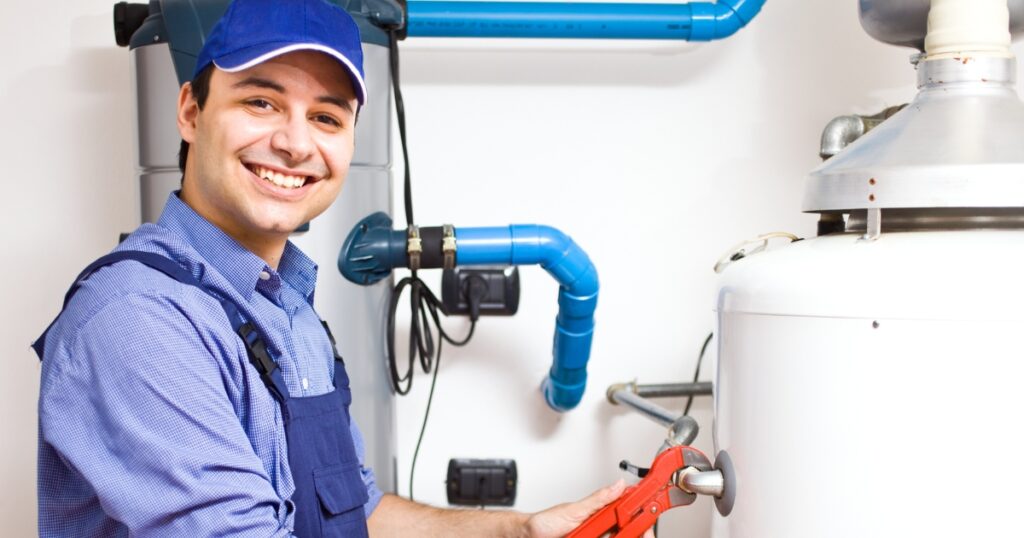Insulation, mate? Yep, the unsung hero of our homes. It’s an easy thing to forget about until you realise your comfort is being impacted by factors like moisture, temperature and mechanical stress which all play a part in insulation wear and tear.
No worries though—it doesn’t have to be daunting! This blog post is going to give you some handy tips on how to evaluate your home’s insulation during those crucial maintenance checks and sort out any potential snags.
Key Takeaways
- Insulation resistance testing is essential for evaluating the integrity of insulation materials and identifying potential issues.
- Conducting regular tests can prevent energy loss, excess heat, and fire hazards, while also cutting down on unnecessary energy costs.
- Factors like moisture, temperature, and mechanical stress can affect insulation readings, so it’s important to consider these when evaluating insulation during maintenance.
Understanding Insulation Resistance Testing
Insulation resistance testing is an essential procedure during maintenance, as it helps assess the integrity of insulation materials and identify any potential issues.
Purpose of Testing
We test insulation to ensure it’s functioning optimally. This process helps detect any faults or weaknesses that might trigger energy loss, excess heat, or even a potential fire hazard in your home.

The primary purpose is to prevent these issues from escalating further and causing significant damage. Testing can evaluate the overall condition of the insulation and highlight areas that need repair or replacement.
It also provides an indication of how well the insulation resists conductive heat flow by measuring its R-value. By regularly testing and evaluating your home’s insulation integrity during maintenance schedules, you’re not only ensuring the safety of your household but also cutting down on unnecessary energy costs in the long run.
Performing the test
To evaluate the state of insulation during maintenance, performing a test is crucial. This test helps in assessing the integrity and effectiveness of the insulation system. By measuring the insulation resistance, we can determine if any faults or aging issues are present.
Factors like moisture, temperature, and mechanical stress can contribute to insulation degradation over time. Therefore, conducting regular tests ensures that any potential problems are identified early on and timely decisions for maintenance can be made.
It’s important to remember that maintaining the insulation systems not only helps in preventing energy loss but also ensures compliance with building codes and standards for thermal comfort.
Factors affecting readings
Moisture, temperature, and mechanical stress are some of the factors that can affect insulation readings. Moisture can cause a decrease in resistance, while high temperatures can lead to increased resistance.
Mechanical stress, such as vibrations or pressure on the insulation material, can also impact readings. It is important to consider these factors when evaluating the state of insulation during maintenance to ensure accurate results and make informed decisions about necessary repairs or upgrades.

Evaluating Wall Bushing Insulation
When it comes to evaluating wall bushing insulation, we need to consider its double shielding structure and simulate the electric field. Additionally, conducting partial discharge testing can provide valuable insights into the condition of the insulation.
Double shielding structure
Our evaluation of wall bushing insulation includes assessing its double shielding structure. This design features two layers of protective material, providing an extra barrier against electrical leakage and potential damage.
By incorporating this double shielding structure, the insulation can withstand higher electric field intensities and reduce the risk of voltage breakdown. Through our expert diagnostic techniques, we ensure that the double shielding structure is intact and functioning effectively to maintain the integrity of your insulation system.
Electric field simulation
We can assess the condition of wall bushing insulation by using electric field simulation. This technique allows us to analyse and visualise how the electric field interacts with the insulation material.
By simulating different scenarios, we can identify areas where the electric field may be concentrated or distorted, indicating potential weaknesses in the insulation. This information is valuable for understanding how well the insulation is performing and whether any improvements or repairs are necessary.
Electric field simulation provides a detailed and accurate assessment of insulation integrity, helping homeowners make informed decisions about maintenance and ensuring that their electrical systems remain safe and efficient.
Partial discharge testing
We also need to consider partial discharge testing when evaluating the state of insulation during maintenance. Partial discharge refers to small electrical discharges that occur within the insulation material, indicating potential faults or weaknesses.
By conducting partial discharge testing, we can assess the integrity of the insulation and identify any areas that may require attention. This diagnostic technique helps us detect issues early on, allowing for timely repairs or replacements to be made before they escalate into larger problems.
Regular partial discharge testing is crucial for ensuring the long-term effectiveness of insulation systems and preventing energy loss due to faulty insulation.
Methods for Detecting Insulation Issues
In this section, we will discuss the various methods used to detect insulation issues in your home. From UHF partial discharge detection to ozone and flammable gas concentration measurements, these techniques provide valuable insights into the condition of your insulation.
Keep reading to learn more about how these methods can help you identify potential problems before they become major issues.
UHF partial discharge detection
We can assess the condition of insulation by using UHF partial discharge detection. This method involves monitoring and analysing ultrahigh frequency signals to identify any partial discharges occurring within the insulation system.
By detecting these discharges, we can determine if there are any faults or weaknesses in the insulation that may lead to further problems. It’s an effective way to evaluate the state of insulation during maintenance and ensure its integrity is maintained over time.
Ozone concentration detection
We can detect insulation issues by monitoring the ozone concentration. Ozone is a gas that is produced when there is electrical arcing or sparking in the insulation system. By measuring the ozone levels, we can identify any potential faults in the insulation and take timely action to address them.
Monitoring ozone concentration allows us to proactively assess the condition of our insulation and prevent further degradation. Regular evaluation of ozone levels ensures that our insulation systems are operating at their optimum level and helps us maintain energy efficiency in our homes.
Flammable gas concentration detection
We also evaluate the state of insulation during maintenance by detecting flammable gas concentrations. This method helps us identify potential issues and prevent any safety hazards.
We use advanced technology to measure the concentration of flammable gases in the insulation system, which could indicate a possible fault or degradation. By regularly monitoring these levels, we can take timely action to maintain the integrity of the insulation and ensure its effectiveness in preventing energy loss.
It is an essential part of our comprehensive approach to evaluating and maintaining insulation systems for optimal performance.
The Importance of Regular Maintenance
Regular maintenance is crucial for ensuring the optimal performance and longevity of insulation in our homes.
Impact on thermal comfort
Regular evaluation and maintenance of insulation systems have a significant impact on your home’s thermal comfort. Insulation plays a crucial role in preventing heat transfer, which means it keeps your home warm during the colder months and cools during the hotter months.

When insulation is compromised or deteriorating, it becomes less effective at regulating temperatures and can result in uncomfortable living conditions. By ensuring that your insulation is properly maintained, you can enjoy consistent indoor temperatures throughout the year and create a comfortable living environment for you and your family.
Compliance with building codes
Compliance with building codes is an essential aspect of maintaining your home’s insulation. Building codes are regulations set by local jurisdictions to ensure that buildings meet certain safety and performance standards.
These codes often include requirements for insulation materials, installation techniques, and energy efficiency ratings. By adhering to these codes, you can ensure that your home is properly insulated and meets the necessary standards for thermal comfort, energy efficiency, and safety.
Regular evaluation and maintenance of your insulation system will help keep it in compliance with building codes, preventing any potential issues or violations.
Swift Hot Water Repairs Tailored to Your Space!
In conclusion, evaluating the state of insulation during maintenance is crucial for ensuring its effectiveness and preventing energy loss. By regularly assessing factors such as insulation resistance, wall bushing integrity, and insulation aging, homeowners can identify potential issues and make timely decisions for maintenance.
By employing advanced diagnostic techniques and monitoring technologies, they can ensure that their insulation systems meet thermal comfort standards and comply with building codes.
Don’t neglect the importance of regular maintenance – it’s key to maintaining the efficiency and performance of your insulation.
Enhance the efficiency of your hot water system by evaluating the state of insulation during maintenance with Hot Water Repairs Today. Don’t let energy escape and utility bills rise – take action now. Contact us to schedule a comprehensive maintenance check that includes an evaluation of insulation. Trust Hot Water Repairs Today to be your partner in ensuring your hot water system operates at its peak efficiency. Don’t wait for suboptimal insulation to impact your energy consumption – reach out now and experience the benefits of our thorough maintenance services. Act today for a hot water system that’s energy-efficient and cost-effective. Contact us now!






